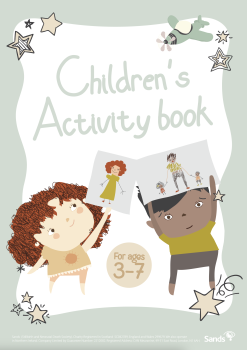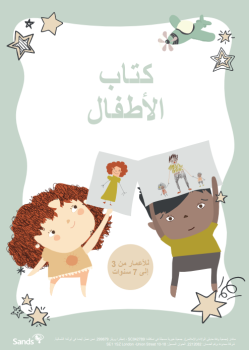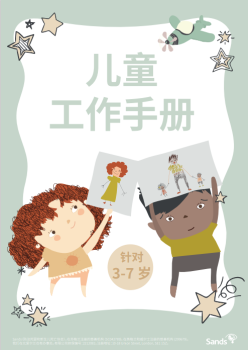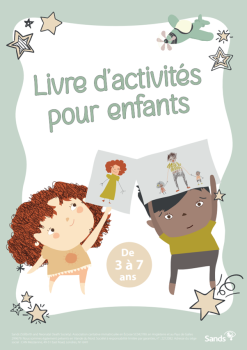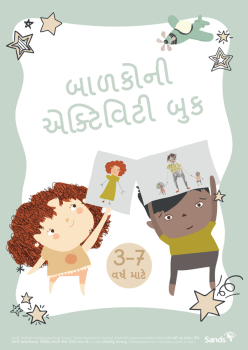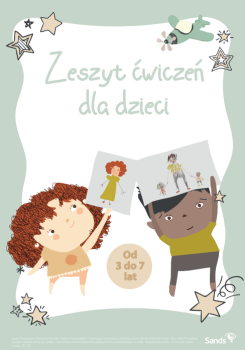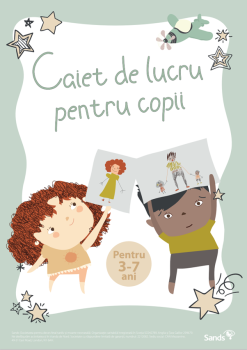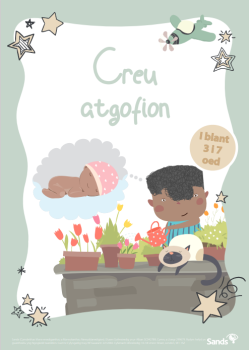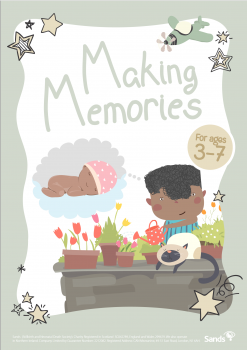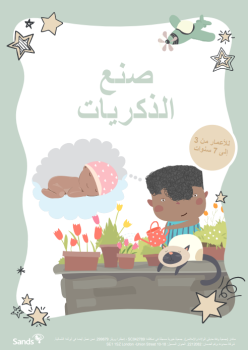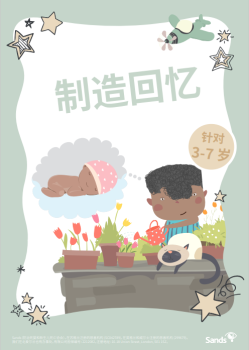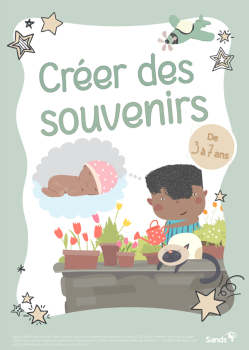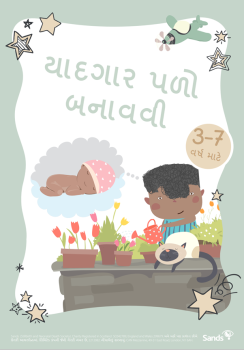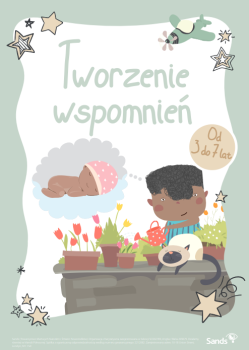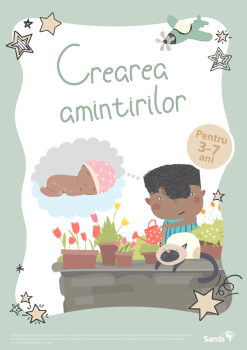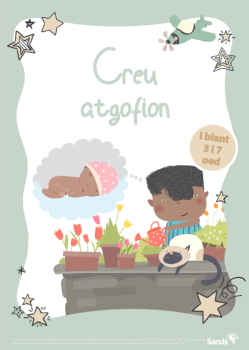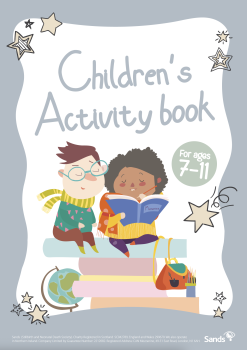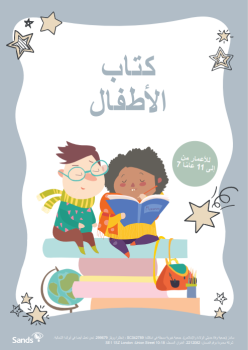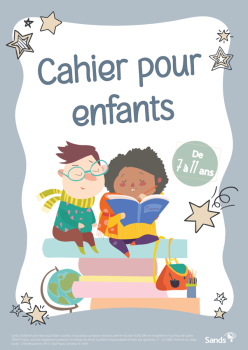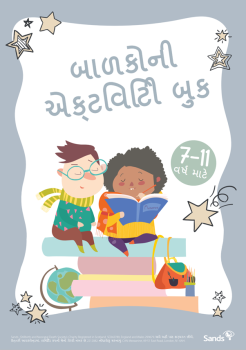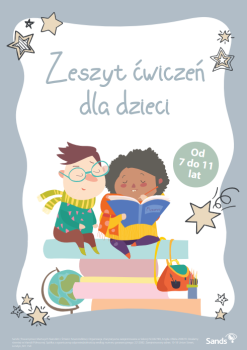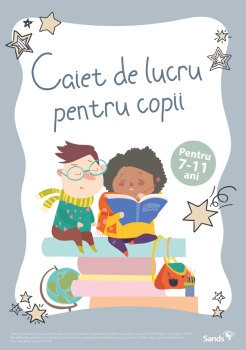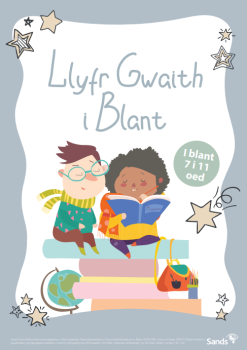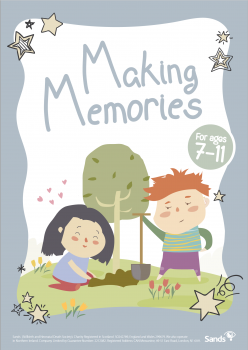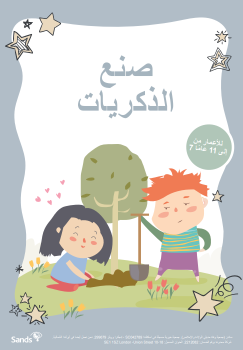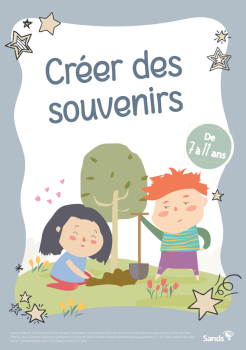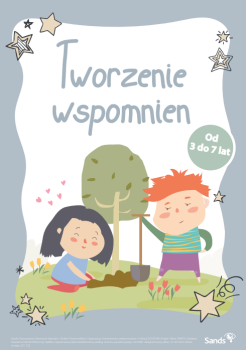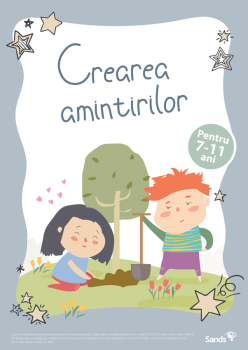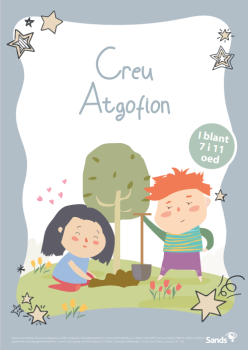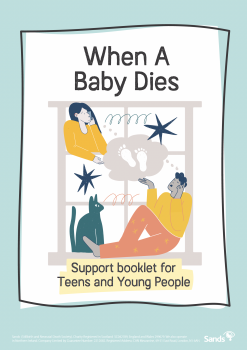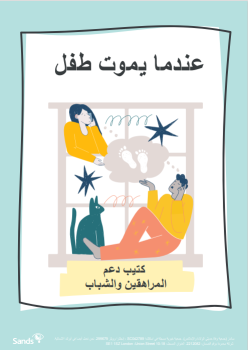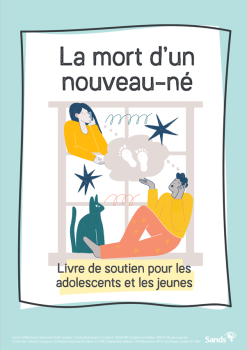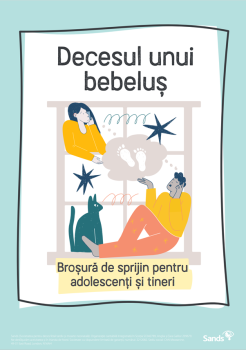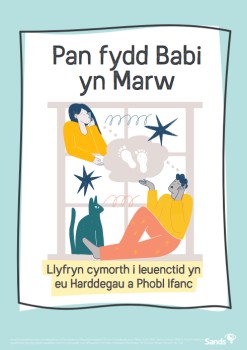When a child is bereaved we cannot and should not take away their grief. By helping them to explore it and share it, we can help them live through it and beyond.
In the UK 4,500 babies die every year. This means many families need to explain to siblings of all ages that their baby brother or sister will not come home. Young children may not understand the concept of death yet, but the grief experienced by parents and other relatives as they adjust to a baby’s death will affect their practical and emotional lives.
This page aims to offer parents some helpful resources to begin conversations with siblings of all ages, as well a suggest activities for children to remember their baby brother or sister and express how they feel.
Resources for teachers and schools are included to help support siblings of babies who have died in school and other settings.
For parents
Siblings are often very young when their baby brother or sister dies, or they may have been born into historical grief for a sibling who died before they were born.
When parents are coping with their own grief, it can be difficult to know how much to share with younger siblings. It can help to talk to young children when you are having 'a good day' and feel able to answer a child's questions and ask how they feel.
Explaining stillbirth, neonatal death or other types of loss
Children are naturally curious and may have many questions around how their brother or sister died, what has happened to them and where they have gone. They may need to be told what happened a number of times until the information makes sense to them. Having simple ways to explain this to them can help when parents are grieving:
'The baby was ill, so it died in mummy's tummy' (stillbirth)
'The doctors in hospital looked after your brother very well and he loved your visit, but after a long/short time being ill he died' (neonatal death)
'Your baby sister's body did not grow properly, so she died' (termination for foetal anomaly)
'We are not sure why the baby died, but we know you did not do anything wrong and that you loved him/her very much' (sudden infant death)
Here is a story written by Sam Kitson for Sands. It explains the death of a baby and can be ordered from the Sands shop (https://shop-sands.org.uk/en/products/books)
Our Bereavement Support Book has suggestions for talking to children of different ages.
Helping your child
Explaining the death of a baby to a child can feel very difficult, as you my struggle with your own grief and it is important to be kind to yourself if you are grieving too. The guide below explains how children understand death as they grow, to help you talk to them about the death of a baby in the family.
Children’s understanding of death
0-2 Years
Babies and toddlers can react to grief due to the changes in their environment. They have no understanding but they may feel the change in others, especially their main caregiver/parents. With little or no language through which to express themselves, they can become clingy and may show their insecurity by crying. Their sleep and feeding may be disrupted, so relaxing routines and focusing on attachment can be beneficial.
2-5 Years
Understanding increases at this age and so a child will want to make sense of things, usually by asking lots of questions. Anxiety is common, and separation issues can arise. Children at this age use the words ‘alive’ and ‘dead’ but do not understand that death is permanent, so children often expect the baby to return, which means caregivers will need to explain things patiently, possibly more than once. They may need reassurance that in death there is no pain and may act out death in role-play.
5-11 Years
Children of this age gradually develop an understanding that death is permanent and that a baby will not come back. Children who were bereaved at a younger age may have to re-process that loss now their understanding has developed. Children tend to connect events to themselves at this age, so may feel they were somehow to blame, leading to guilt and worry. They can become anxious about their own and others' health and mortality. Children this age need simple honest answers, reassurance and opportunities to express how they feel.
11+ Years/Teenagers
Adolescence is a time of change, as children this age become more independent. They often move from family support to peer support, talking more to friends and people their own age. Young teenagers need to feel they fit in and a bereavement can cause a degree of shame and isolation. Teenagers will understand death, but may challenge other people's views and beliefs about what happens afterwards. As they become aware of death and the life cycle, they may try to gain control by becoming withdrawn and avoid taking any risks. Others may try to take on a more adult role and try to care for those who are grieving. Children this age need boundaries, reassurance and time to explore their own feelings and views.
Children with Autism Spectrum Disorders (ASD)
Children with ASD may not respond to death in the same way other children do but this does not mean they are not grieving. Children with ASD may struggle to process their own ideas about death. They may struggle to see things from another person’s point of view, making it hard to understand behaviours or feelings and not realise that they can be helped. They may find it difficult to communicate their own feelings and find the right words so clear, simple language is needed. It is important to maintain a routine as much as possible, explaining changes in advance. The use of pictures, photographs and visual aids can help. Give children the opportunity to explore and express their feelings in a way that is comfortable to them.
Children with Special Educational needs
As with children with ASD, it is important to be honest with children, explaining death to them in clear, simple terms in accordance with their developmental age. They may need longer to process and understand the information and may need extra support with expressing their emotions. As with younger children, they may not understand the finality of death but will still feel the emotions of loss and a longing for things to be the way they were. You can use objects, visual aids and pictures to help, encouraging them to get involved and draw or choose images that represent how they feel.
Expressing emotions
Children can show sadness or worry through their words or their actions. Their behaviour may change as part of their grief, so it is important to offer opportunities to express how they feel.
Activities that allow them free expression can help start a conversation, but remember a child's attention span is shorter and they may move quickly between topics. Being led by your child's need to ask about their sibling's death and wish to play is ok, and will show them you are available to listen to them when they feel ready to talk.
For teachers and schools
Managing grief
When a bereaved sibling is sad, there are activities that can help them make sense of their sadness and create a space to talk. Regular chats with a mentor, school counsellor or other dedicated staff can show they have permission to feel they way they do and don't need to supress it for fear of upsetting their grieving parents. They may not feel sad, but may be angry at their parents or the baby who died, so it is important to offer a non-judgmental space for them.
Communication
Parents whose baby has died may need the school to reach out and offer support as they may feel unable to ask for help for their surviving child.
They may be overwhelmed with the practicalities of their baby's death or may not be functioning beyond providing for their child's basic needs.
They may welcome their child's time at school, as it will provide a sense of normality and allow for others to support their child. Asking and feeding back to them about how their school-age child is coping will be a good way to support the family during this challenging time.
Returning to school
Parents may wish for their child's classmates and other school families to be informed of what has happened.
Taking your lead from parents will show them you respect their privacy but also can help their child to be welcomed and supported by the school community.
A nominated contact for that family will avoid parents needing to tell their story many times over and will be a valuable resource should the family need information about how their school child is doing.
How to communicate with the school community/Teacher pregnancy loss/parent pregnancy loss
Families who have given permission for their situation to be shared with the school community may prefer not to be included in messages on school mailing lists or social media threads about their loss.
Likewise, internal communications may need to be handled sensitively in case they affect staff who are themselves pregnant or have suffered a loss previously. If your staff have been affected by baby loss see https://sands.org.uk/workplacetraining.
If you are unsure about whether a parent or staff member wishes news of their loss to be shared, always have have a conversation with them where you offer options and prioritise their individual needs.
Building Resilience in Bereaved Children
Building resilience is especially important for bereaved children. Showing them that it is ok to feel sad and that these feelings will pass will take some of their worry away. School communities can help them to cope with difficult feelings, by accepting them and showing them their achievements in small but reassuring ways.
Here are some good ways to build up resilience in children:
- Reassurance: Always tell them they are loved and not to blame for the loss. Tell them who is there to care for them including parents, friends and teachers.
- Routine: A predictable day or week makes children feel safe and secure. Include positive elements of their normal routine in the first few days and weeks of a loss.
- Encourage them to share: Let them know that whatever they feel is ok. Give them opportunities to express themselves in a way which is comfortable to them, be it dancing, talking, drawing, writing etc. Help them express any anger in a safe way. Give an example by sharing your own feelings and how they change over time.
- Clarity: Answer questions clearly, confidently, honestly with age appropriate language.
- Involve: Allowing them to have input around their siblings arrangements, memorial space or special things they choose for remembrance will help them feel more in control.
- Support: Involve anyone who supports your child including schools, clubs etc. Talk to them and work together with how they can help in supporting your child.
- Praise: Encourage and praise their milestones and achievements, those difficult things they manage and overcome.
- Understand: Understand that it’s ok for children to laugh, play and have fun as well as time to be sad and grieve. Children may struggle after a loss with things such as friendships, change and challenges they usually take in their stride. Understand, but also keep boundaries around behaviour so children can feel safe and secure.
Sands Helpline - 0808 164 3332 helpline@sands.org.uk
In The Stars story book animation
We are so pleased to be able to share this beautiful animation that really captures this story of two young children talking about what might have happened to a baby called Kitty.
In The Stars is a story aimed at younger children to help explore issues and questions when a baby sadly dies. This may be particularly helpful for siblings, cousins and friends.
A hard copy of the book can be ordered from our Sands Shop.
Loss Books
We know that some families want books in which their baby can be named and depicted in a more personal way. Personalised books suitable for siblings and other family members are available from Loss Books. Titles include: The Story of My Baby Brother, My Baby Sister, My Twin, and Our Baby/My Baby (suitable for early pregnancy loss), My Triplet, Our Triplet, Our Triplets.
All the book ranges can be found here: Book Store - Personalised Loss Book (lossbooks.com)
Please enter the COUPON code – sands10 – to receive a 10% discount off any book title below and in the personalised book range – and you will also be sending a £1 per book donation to Sands.
Children's Activity Books
You can help your child to share how they feel through these beautiful activity books created especially by Sands.


